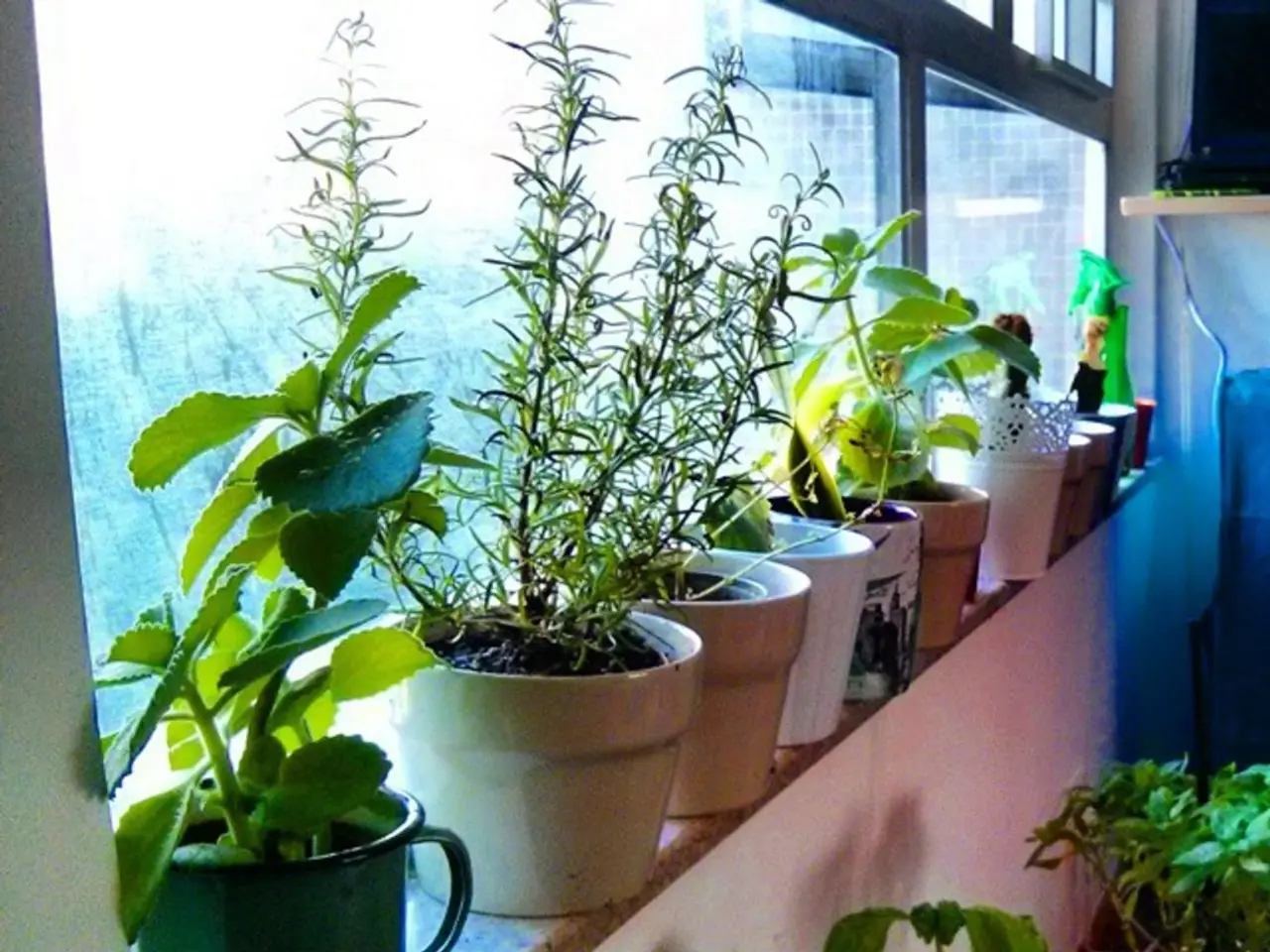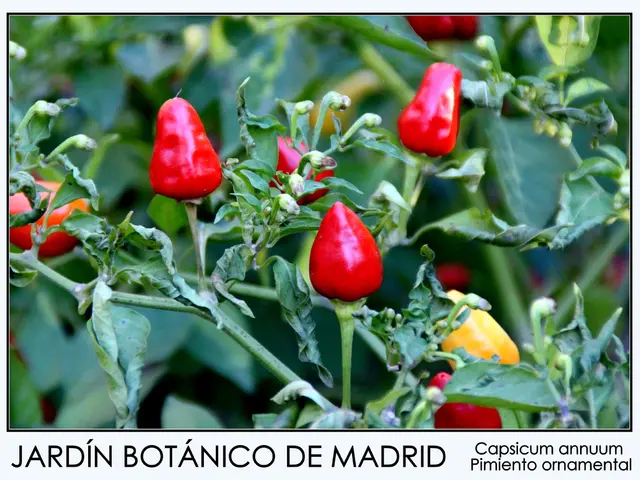Understanding Potash Fertilizers: A Comprehensive Guide
In the realm of agriculture, potash fertilizers have proven to be a game-changer, enhancing crop growth and productivity. These fertilizers, rich in potassium, play a crucial role in various physiological processes that contribute to the health and yield of plants.
Potassium, an essential nutrient, is required for the synthesis of plant sugars, protein, and cellulose. It is also vital for the production of important nutrients that humans need for living. During the growing season, which spans from early spring to late summer, applying potash in combination with other organic matter and modern techniques can significantly increase fertility.
Potash fertilizers come from a variety of sources. The most common is potassium chloride (KCl), which is highly soluble and versatile, suitable for use in soil, hydroponic, and foliar applications. Other sources include potassium sulfate, potassium-magnesium sulfate (Polysulphate), phosphate-based potassium compounds, and natural organic sources like potash meal derived from processed agricultural waste. These sources provide potassium in forms readily available or slowly released to plants, contributing significantly to plant growth.
Potassium chloride not only enhances root development but also optimizes nutrient transport within plants, regulates plant metabolism, increases stress tolerance against drought and disease, and improves overall yield and crop quality. Potassium sulfate and Polysulphate, in addition to supplying potassium, also provide essential secondary nutrients that promote flower and seed production, stimulate root growth, and support crop maturity and quality. Phosphate-based potash products further support root development and seed maturation by combining potassium with phosphorus.
Organic potash sources, like potash meal, provide a slow-release form of potassium that activates numerous plant enzymes, aids photosynthesis, regulates water and nutrient balance, and increases resistance to temperature extremes, drought, and pests.
Globally, major natural sources of potash include mineral deposits mined in countries such as Germany, Russia, Belarus, India, Chile, and Israel, as well as potassium from seawater, brines, and plant ash.
In summary, potash fertilizers, whether derived from mineral sources like potassium chloride and sulfate or organic sources, provide vital potassium that regulates key physiological processes, improves stress tolerance, and enhances yield quality. The steady nutrient supply from organic sources and the environmental benefits they offer make them an attractive choice for sustainable agriculture. By ensuring potassium availability essential for optimal plant growth and productivity, these sources play a vital role in meeting the growing demand for food in a changing climate.
[1] Source: [Insert Citation Here] [2] Source: [Insert Citation Here] [3] Source: [Insert Citation Here] [4] Source: [Insert Citation Here] [5] Source: [Insert Citation Here]
All these potassium sources, whether they are inorganic like potassium chloride or organic like potash meal, contribute to the health-and-wellness of plants by facilitating crucial physiological processes. The slow-release form of potassium in organic sources can boost fitness-and-exercise in crops by aiding photosynthesis and enhancing resistance to temperature extremes and pests.






